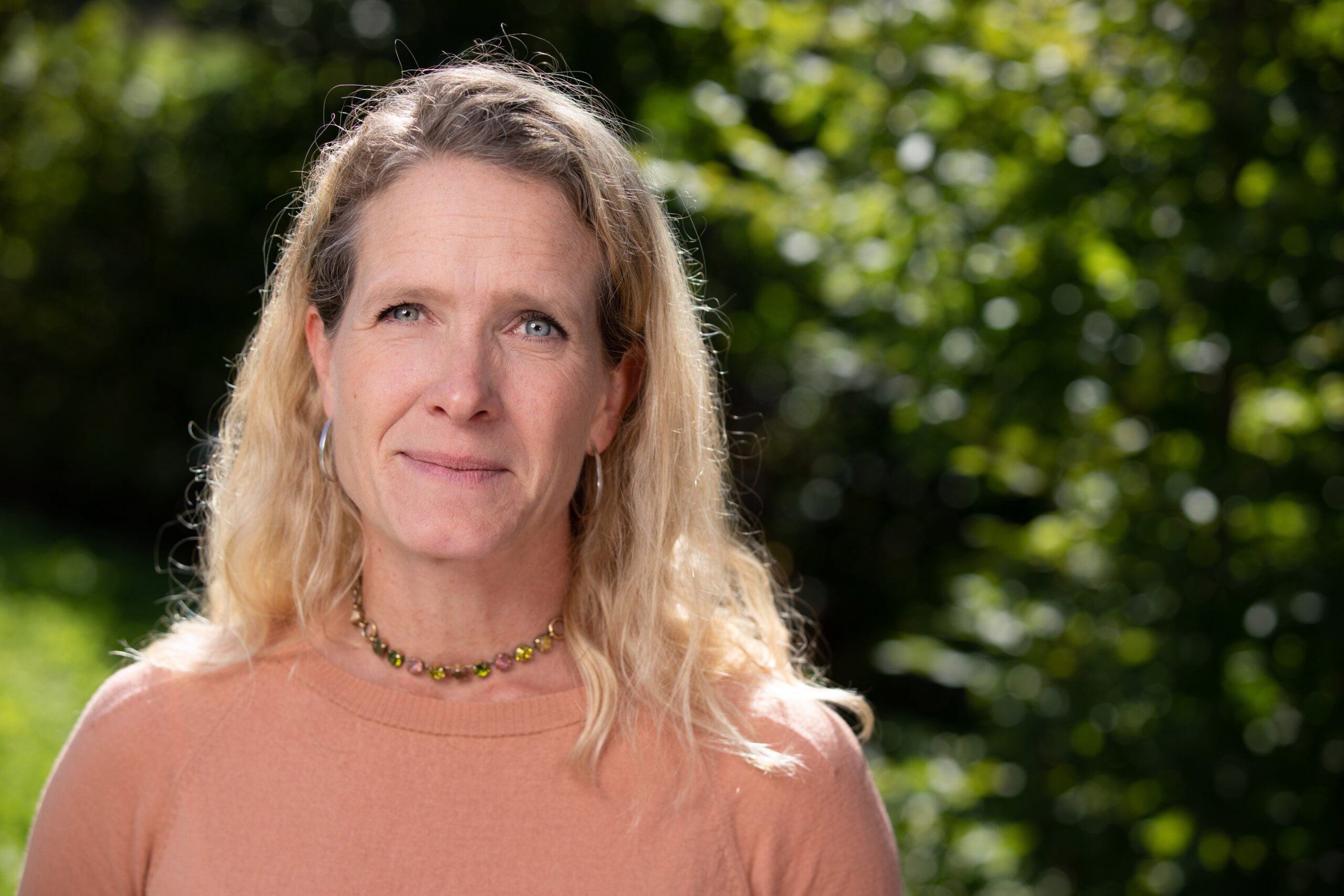
Better Cotton describes itself as the world’s leading sustainability initiative for cotton with a mission to help cotton communities survive and thrive, while protecting and restoring the environment, and the organisation recognises that time is running out to make significant positive change.
Staafgard tells Just Style: “We’re very excited about stepping up and going further and faster across the board, but there’s quite an urgency today with everyone contributing to sustainable development goals and contributing to climate change mitigation in particular.”
She explains the 2030 Strategy sets out the direction of the organisation’s 10-year plan to make cotton better for the farmers who produce it, and for all those who have a stake in the sector, by making more sustainable cotton the preferred choice for growers and buyers.
She says: “The 2030 strategy was designed to be the next phase in our long journey. Better Cotton is still a relatively young organisation and until now we’ve worked largely on annual priorities for farmers; how to get them on board, how to get them going with sustainable practices, how to demonstrate that small changes in how they farm can lead to improvements for them and their communities – more profit and a better environment for them to live in.
“We’ve taken the next natural step which is accelerating the rate of change and deepening our impact. So, for the first time we’re setting impact targets for the Better Cotton community. By 2030 we will deliver, through collaborations with our partners and members, tangible change across a number of critical areas for agriculture.”
One part of the strategy is soil health, and as climate change increases pressure on agriculture and farming, Better Cotton believes enhanced education programmes are the answer to increasing soil health, reducing pesticide use and increasing yields. When you have good soil health, the benefits for farmers are numerous and tangible, points out Staafgard, but there is currently very poor monitoring of soils and a lack of data.
“We’re trying to find out how we can make this testing ability available to farmers and small holders, so they can see how practices need to change in soil health,” she says. “Cotton is the livelihood of most of the farmers we work with, so they may be reluctant to experiment too much unless they can see that it has worked and has delivered better results for other farmers.”
At the beginning of April, The Sustainable Trade Initiative (IDH) – an organisation that works with businesses, financiers, governments and civil society to realise sustainable trade in global value chains, redefined its partnership in a move that sees IDH hand over management of the Better Cotton Growth and Innovation Fund to Better Cotton.
Staafgard explains: “Until now they’ve taken care of the fund administration. But the Secretariat for the fund has always been staffed by IDH and Better Cotton together. Better Cotton staff will now take over the fund administration, the tracking of incoming funds, the contracts and the grants going out.”
IDH remains a strategic partner, adds Staafgard. She says: “We’re looking forward to working with them…where we lift our vision and work on more impactful projects that we can collaborate on.”
Just Style interviews Lena Staafgard on Better Cotton’s future
Understanding the 2030 strategy
The 2030 strategy is the organisation’s vision of a sustainable world, where cotton farmers and workers are better able to cope with climate change, threats to the environment and even global pandemics. The aim is for cotton farming communities to make a decent living, have a voice in the supply chain and meet growing demand for more sustainable cotton.
The initiative says that almost a quarter of the world’s cotton is now produced under the Better Cotton Standard, with over two million cotton farmers trained in sustainable farming practices and licensed to grow Better Cotton.



